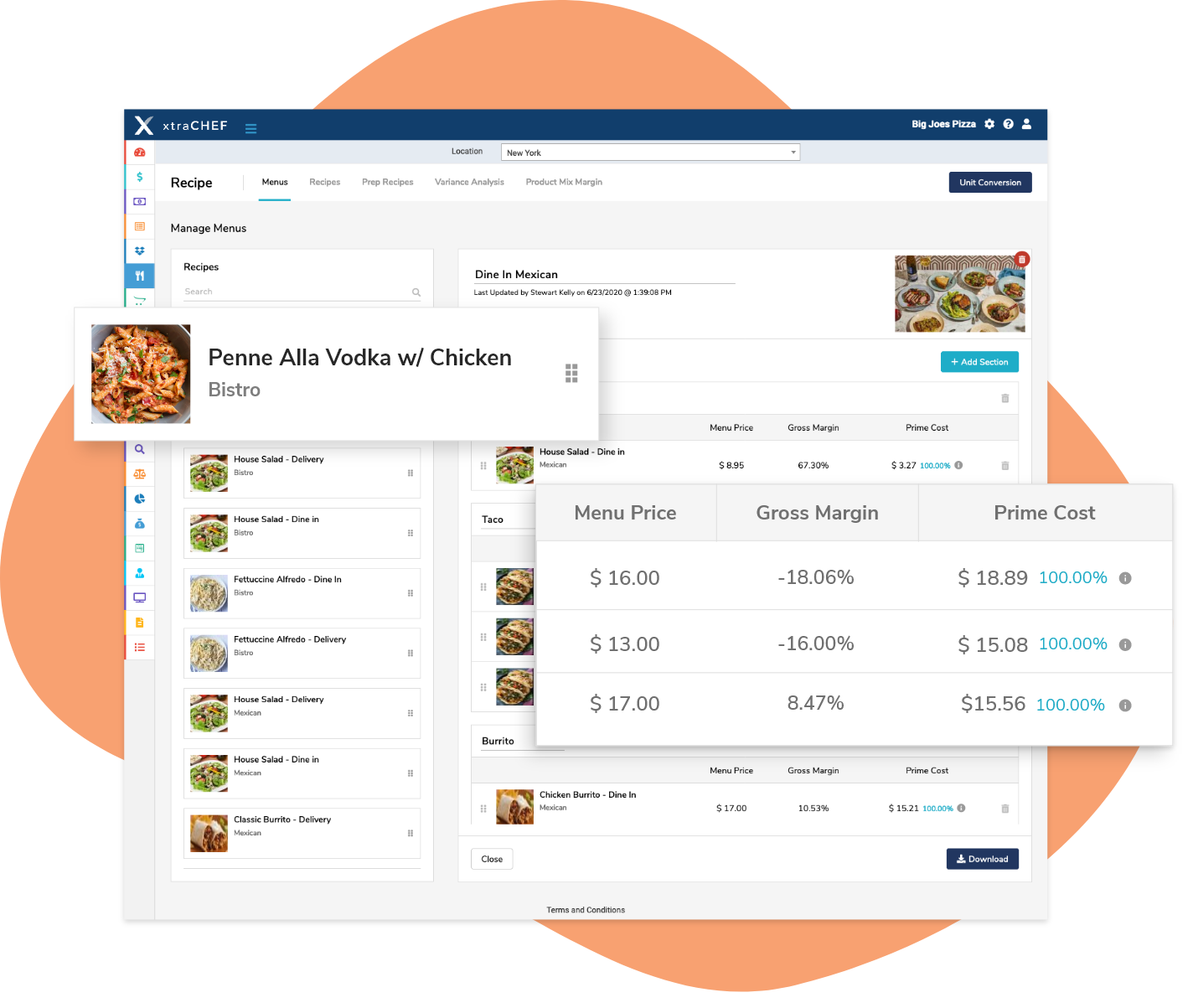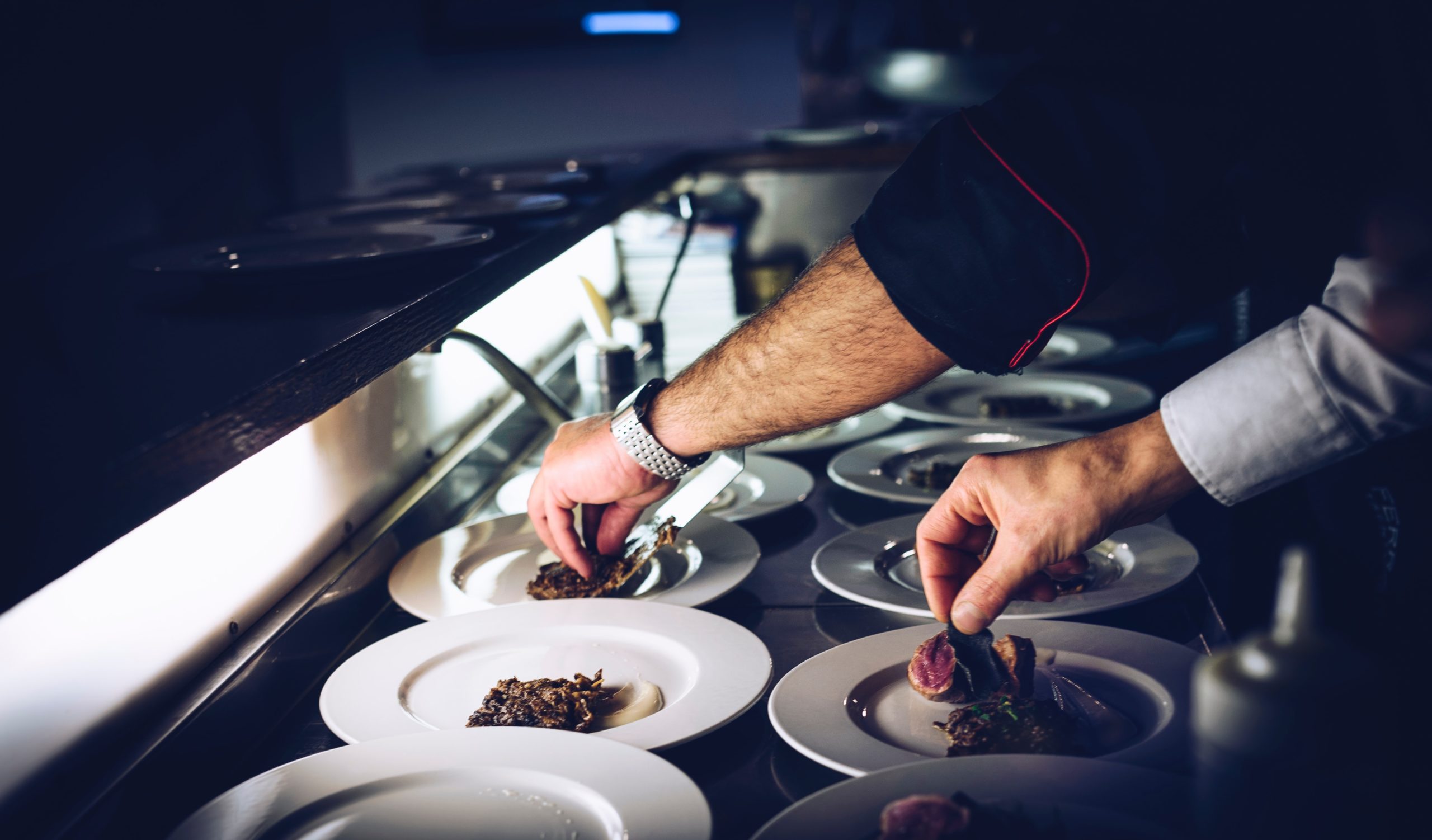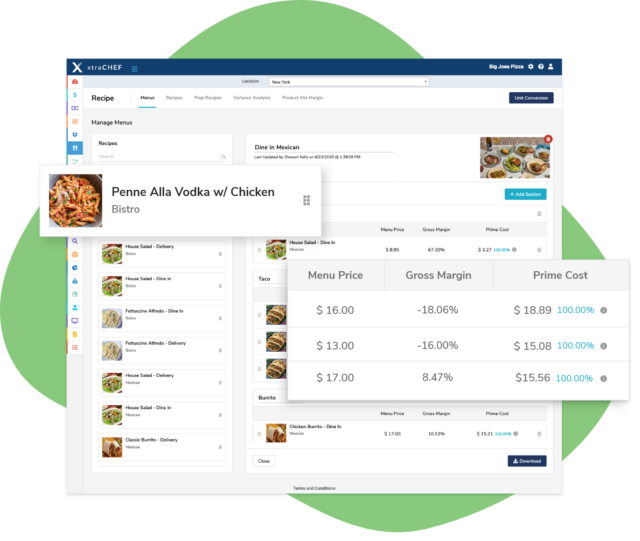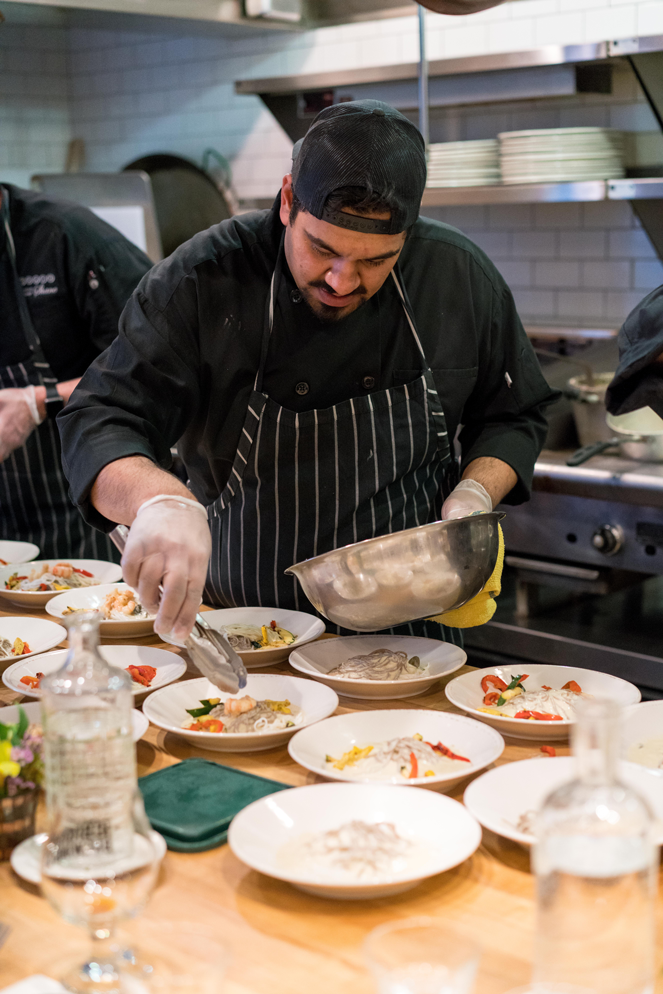The Benefits of Recipe Management Software
Recipe management software is quickly becoming a must-have for any restaurant operator who wants to gain quick and easy insight into plate costs.
Tools like xtraCHEF by Toast make it easy to build recipes with ingredients that correspond to product catalogs. Ingredient pricing within these product catalogs are updated with each invoice processing scan. That way, you always have updated recipe costs based on the latest vendor prices.
Continue reading to learn more about the benefits of recipe management software. We’ll answer:
1. What is recipe management and how can it help your restaurant operation?
2. Why have restaurants traditionally struggled with recipe management?
3. How can the right systems help optimize your bottom line and maximize profits?

Let xtraCHEF do your dirty work.
See how our platform sets restaurants of all sizes and service levels up for success by scheduling a demo with a Product Specialist.
What is recipe management and how can it help your restaurants operation?
Recipe management is the act of standardizing recipes for menu items, calculating plate costs, and monitoring how those costs change over time.
Restaurants operators typically create manage recipe cost by manually listing ingredients, the corresponding units of measurement, and the unit quantity. Then they’re left adding up individual ingredient costs, factoring costs/ingredient portions and variables like prime cost, restaurant food waste, and more.
It’s a time-consuming process, but it’s crucial to the success of your restaurant for several reasons.
- Having standard recipes helps you create consistent dishes
- Consistency encourages repeat business
- Knowing your food costs helps you more successfully price your menu
Despite all these benefits, many restaurateurs unfortunately fail to manually manage their recipe costs — and for those who do, it’s usually a massive, time-consuming struggle.
So what’s the solution for ongoing recipe management?

Why have restaurants traditionally struggled with recipe management
Here are four of the biggest reasons restaurants may struggle to manage their recipes:
1. Too much reliance on manually processing paper invoices
Manually entering data from paper invoices is typically a time-consuming endeavor.
Invoices often get lost or destroyed in the hustle and bustle of a kitchen. Without them, all of the detailed pricing information needed to update recipe costs are gone.
It’s beyond a struggle trying to calculate plate costs when you can’t track down the price of one key ingredient — not to mention consistently calculating costs over a period of time with lost or damaged invoices.
2. Your time is scarce
We all know how fast-paced and busy restaurants get. Whether you’re a manager, executive chef, or other member of the team, you have a lot on your plate during any given service.
As a manager, you need to greet guests and oversee both the front of house and back of house to ensure that things are always running smoothly, especially during a busy service. As a chef, you need to work quickly and efficiently to fulfill every order. Let’s not forget all the restaurant inventory management and prep work that needs to happen to prepare the kitchen for future services.
Because upper-level restaurant staff is already stretched thin just to get their core work done, finding chunks of spare time for recipe management can be difficult.
3. Recipe calculations are notoriously tricky
Finding paper invoices to calculate recipe cost is hard. Finding the time to calculate those costs is also hard. But the process of manually calculating the cost of each recipe can be even harder.
It involves listing and costing all the ingredients for each dish across your entire menu, including prep recipes for items like bread and sauces. You have to wrestle with calculations that factor in yields, conversions, densities, and prime costs.
This process becomes even more complicated if you’re relying on old-school methods like pen, paper, and spreadsheets. Think of the data you need to input, formulas you need to build, and all the flipping between spreadsheets and invoices to verify the accuracy of your numbers and calculations — and even still you’re at the mercy of human error.
Unsurprisingly, many restaurant operators only calculate recipe costs once. And, for those who are able to soldier on, inaccurate plate costs and menu prices often become the norm because of input inaccuracy.
4. Recipe management is an ongoing exercise
If calculating recipes once wasn’t tricky enough, try repeating the calculations indefinitely!
Accurate recipe management is an ongoing exercise because food costs fluctuate frequently and are dependent on market rates, vendor pricing, and seasonality.
For many, realizing the full extent of ongoing recipe management is more than enough reason to give up the process altogether.

How can the right systems help optimize your bottom line and maximize profits?
If any of the above sounds familiar, or if you’re ready to commit to recipe management once and for all, then using software for the task may help you overcome your resistance.
Recipe management software simplifies how you manage recipes by crunching the numbers for you, eliminating a large chunk of the manual input required. Of course, not all software is created equal. When seeking recipe management software, make sure you choose a solution that offers these four core benefits:
1. Dedication to data accuracy
Because recipe management software limits manual data entry, it minimizes error and improves accuracy. The software should automatically factor in purchase price data for accurate contributing margins; prime costs, so the labor needed to make a recipe is included in the mix; and density, so that the weights and volumes of the ingredients you use are correct.
Density is often overlooked in recipe management, but it’s crucial for accurate calculations. For example, if you purchase an item by the pound but use it in recipes per cup, you need to account for what one cup of that item weighs. Be sure your provider can account for these differences in weight and volume.
2. Ease of use
The simplicity of the software might be just as important as its accuracy. After all, if you can’t figure out how to use it or if it isn’t intuitive, you probably won’t use it and will be stuck back at square one with managing recipes.
The ideal recipe management software will offer just the right amount of features to easily display the data most important to you with an intuitive interface that makes it easy to create, cost, and manage your recipes. Certain recipe management software solutions offer the ability to drag-and-drop ingredients that are already costed out to build new, even more profitable recipes.
3. Supports consistent deliciousness
Cloud-based software will help you easily create, organize, access, and share standardized recipes with all employees across all locations. Share recipes with exact, repeatable formulas down to the weight of a cup of flour thanks to a database of ingredients and their saved data points.
By choosing software that can be accessed from anywhere, each recipe can be made in the same way, and customers can expect the same great taste from your menu, no matter which location they’re visiting or how many times they’ve had the dish before.
4. Flexible with units of measurement (UOM)
The best recipe management software should be agile, able to recognize and convert any UOM that comes through your kitchen. Seek solutions that let you choose the most logical UOM for your recipes so your staff is able to spend more time on cooking and less time on calculations.
What’s more, great recipe management software solutions give you the ability to track price trends by item and category. For example, if a supplemental ingredient to a popular menu item suddenly skyrockets in price, you can easily spot that increase — and quickly find a less expensive alternative.
Manage recipes and more with xtraCHEF by Toast
With recipe management playing a crucial role in helping you create consistent dishes, monitor and control costs, and price your menu, you shouldn’t have to struggle and waste time making calculations.
Instead, invest in xtraCHEF and our recipe management module that simplifies the task by factoring density, prime costs, and line item invoice data into every recipe. xtraCHEF supports a drag-and-drop interface to build recipes, helping you organize, access, and share recipes over the cloud for consistency.
But xtraCHEF offers more than just Recipe Management. Other capabilities include AP Management that automatically codes invoices, reduces manual input, and solves paper problems; Inventory Management to capture inventory values from those paper invoices; Purchasing and Order Management to quickly schedule vendor orders, create order guides for regularly purchased products, and track order history; and Food Cost Management that provides dynamic reports to inform your business decisions and boost profits.



